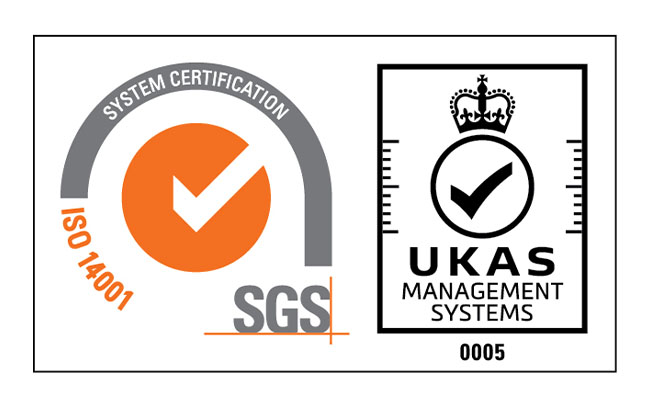The energy inefficiency of the UK’s building stock represents one of the biggest challenges to be overcome if the UK is to achieve the target of net zero carbon emissions by 2050. It is estimated that around one third of all our emissions arise from heating, ventilating and air-conditioning our buildings.
While excellent progress in decarbonising the UK economy has been made in other areas – such as sourcing ever more of our power from renewables rather than coal – there has so far been relatively little success in upgrading the performance of our building stock, despite various green incentives on offer. With these ‘carrots’ having produced limited results, the government is now starting to apply some ‘sticks’, based around buildings’ Energy Performance Certificates (EPC).
EPCs were introduced in 2008 and have become familiar to many as an integral element of every property transaction. All new buildings, and most existing ones, are required to have an EPC that shows their energy performance. Ratings last for 10 years before reassessment is required and range from A to G, reflecting buildings that are very energy efficient to ones that are very inefficient.
When they were introduced, EPCs acted solely as sources of information, providing not only the rating but also some broad suggestions as to how the rating might be improved. More recently, they have become the basis for regulations requiring owners of energy-inefficient buildings to make improvements, although a different approach has been adopted in Scotland to that prevailing in England and Wales.
England and Wales
The approach in England and Wales, under the Energy Efficiency Regulations of 2015, is to prohibit the letting of a privately rented commercial building that fails to achieve a Minimum Energy Efficiency Standard, or MEES. Since 1stApril 2018, the MEES has equated to an EPC rating of E or better. Any new tenancy, or renewal of an existing tenancy, is allowed only if the building involved has achieved this standard. This rule will be extended to all other existing tenancies after 1st April 2023. Under the MEES Regulations, fines for breaches are related to the property’s rateable value and can range from a minimum of £5,000 to a maximum of £150,000.
Scotland
A different system prevails in Scotland. Rather than outright prohibition of the letting of substandard buildings, the Assessment of Energy Performance of Non-domestic Buildings (Scotland) Regulations 2016 require owners of large (greater than 1000m2 floorspace) non-domestic buildings to assess and improve their buildings’ energy efficiency and reduce the greenhouse gas emissions associated with them. The seller or lessor must create an Action Plan identifying how the energy efficiency of their building can be improved. The Action Plan must then be made available to the buyer or new tenant.
The regulations are just first steps
Critics of the regulations have observed that there are many loopholes available, and that the requirement in England and Wales for buildings to achieve an EPC rating of E sets the bar very low. However, it should be recognised that the regulations are intended as first steps towards a destination that we need to reach as quickly as possible.
The Scottish regulations explicitly state that ‘The improvement sought under these initial regulations is relatively modest’ and ‘these regulations are only the first step the Scottish Government is taking in regulating for improvement of our non-domestic building stock.’ Meanwhile, the UK Government has issued a consultation paper, with responses required by June of this year, on designing a regulatory framework that will require non-domestic buildings to achieve an EPC rating of B or better by the year 2030. The direction – and accelerating speed – of travel is clear.
Taking action
If you would like to improve your commercial building’s energy efficiency and EPC rating, call us on 01654 705000, or send an email to info@dulas.org.uk to set up an initial informal chat.








